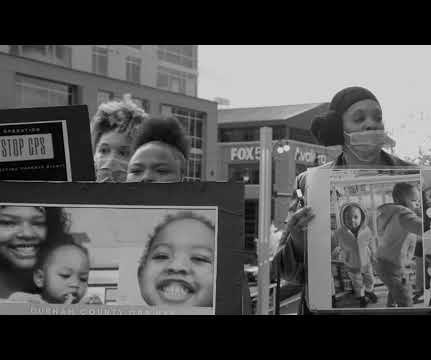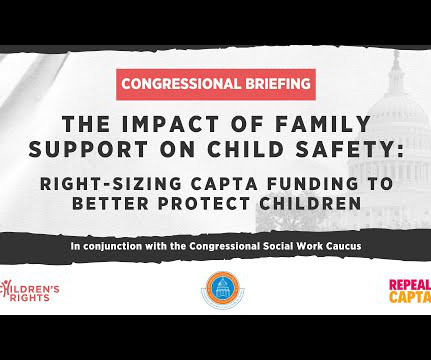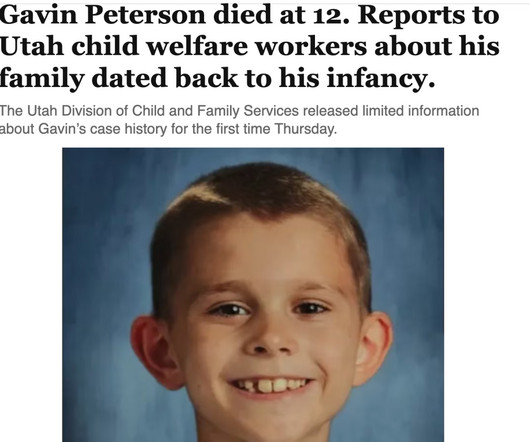NCCPR news and commentary round-up, week ending May 3, 2022
NCCPR Child Welfare Blog
MAY 3, 2022
Roberts discusses her book, and racism in child welfare with Marc Lamont Hill And here with Ali Velshi on MSNBC: ? It seems like a week doesn’t go by without some “child welfare” agency announcing an initiative that supposedly will make family policing kinder and gentler. Velshi refers to Prof. You can read that story here. ?
















Let's personalize your content